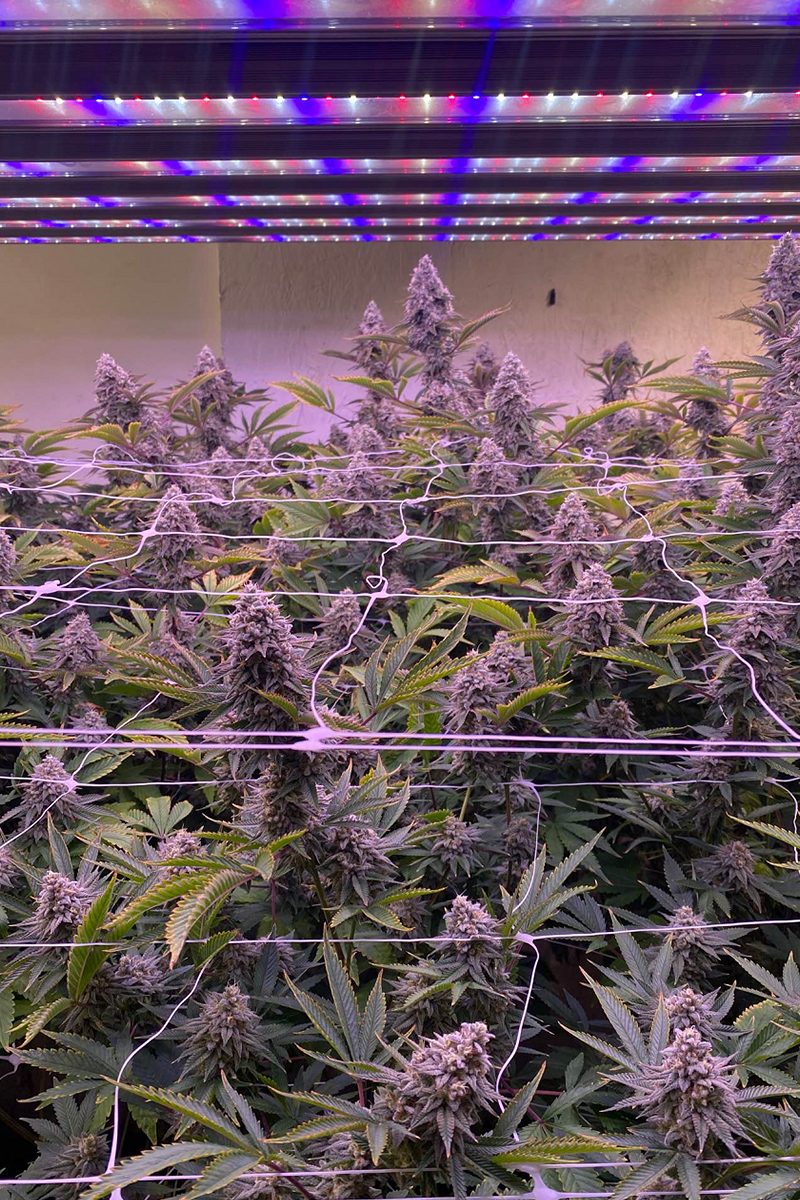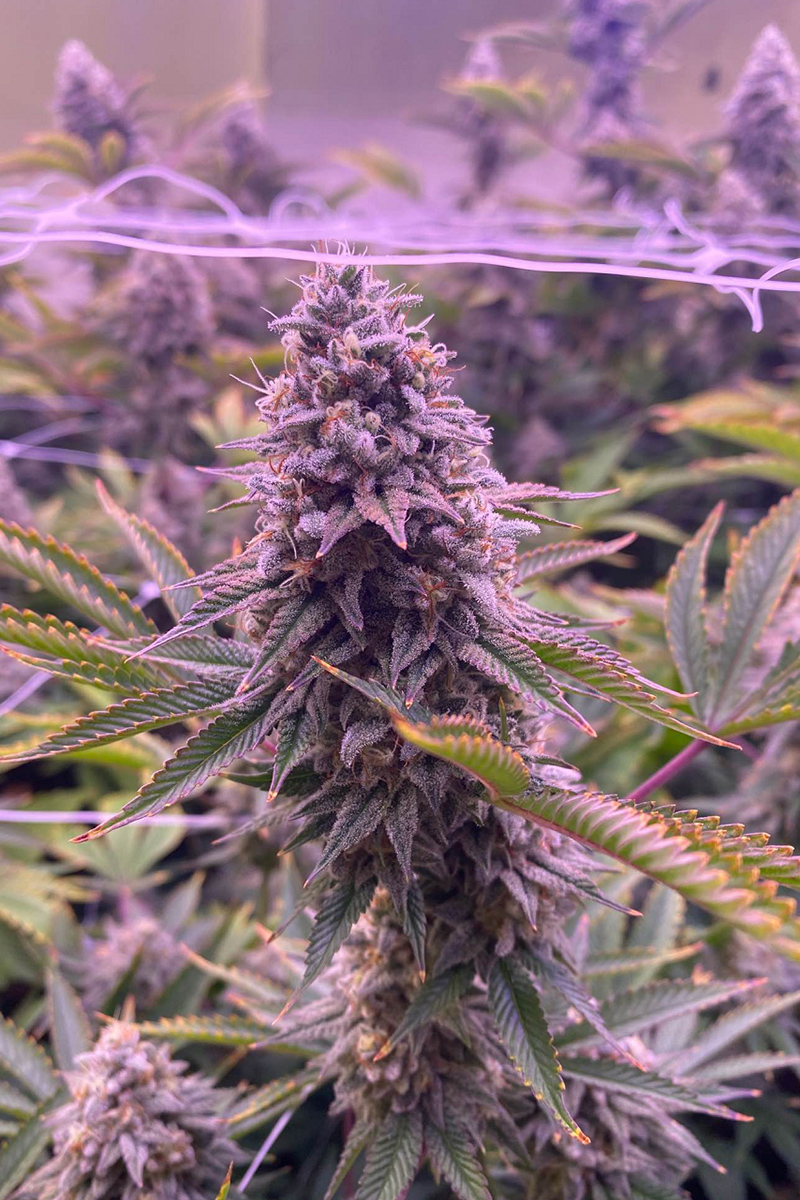
First let’s see a real indoor cannabis cultivation case: The Galina Plant Factory in Akron, Ohio, we kept the relative humidity at about 65% during the growth of the plants, and gradually decreased during the third to eighth weeks of flowering, and the harvest was full.
In indoor cannabis cultivation operations, controlling humidity is absolutely critical to maintaining plant growth plans and obtaining optimal yields. If the humidity is too low during the vegetative growth phase, the plants will be stunted, and in order to restore their health, you may lose weeks of production time. But if the humidity is too high, you are at risk of disease outbreaks, including the notorious bud rot.
Teach you six tips to better control the humidity of cultivation facilities.
1. Track indoor and outdoor environmental data
The humidity change inside the cannabis plant depends not only on the actual relative humidity (RH) of the air entering from the outside, but also on the temperature inside the growth chamber. Many growers have been struggling because they have gained some experience from planting operations in California or other western states, and then copied them to the Midwest or Northeast, completely ignoring the differences in outdoor environmental conditions. Tracking external environmental data throughout the year is the best way to predict patterns and make changes in advance.
2. Let your plants evaporate
In general, hemp plants like high humidity during the vegetative growth stage. Of course, each cultivar prefers a slightly different environment, but overall, at our Galina plant in Akron, Ohio, we keep the relative humidity around 65% to maximize transpiration and keep plants healthy , And grow at maximum speed. Such humidity keeps the stomata of the plant open, thereby keeping water and nutrients flowing out of the plant. The migration of nutrients is the key to the healthy growth of plants.
3. Arrange the dehumidifier according to other environmental changes
After turning off the lights, the humidity will rise rapidly. One way to counteract the increase in humidity is to increase the number of dehumidifiers from half an hour before turning off the lights to half an hour after turning off the lights.
4. Gradual transition
Cannabis plants can tolerate lower humidity during the flowering period. We hope that the relative humidity during the first week of flowering will be maintained at around 65%. This can minimize the stress on plants during the natural stress phase of their life cycle. Then, between the third week and the eighth week, we will gradually reduce the relative humidity.
5. Avoid humidity fluctuations and prevent diseases
If the humidity fluctuates greatly, powdery mildew spores will be produced. Avoid flooding with large amounts of water to increase humidity. If there is an overflow or seepage in the irrigation system, be sure to remove any standing water.
6. Work closely with product manufacturers
We use special cannabis LED grow lights throughout the factory, and the supplier also provides cultivation guidelines. It details the installation height and dimming percentage data for a specific distance, as well as temperature, photosynthetic photon flux density (PPFD), carbon dioxide and relative humidity management guidelines. It also includes a huge steam pressure deficit chart.
From this point of view, humidity is very important for the growth of cannabis plants and the level of cannabinoid content. The use of scientific methods to control the humidity of indoor cannabis cultivation has become the key. Growers need to continuously study and accumulate experience according to the actual situation of their projects, and combine with the guidance of relevant professionals to obtain the best practices in this area.
























